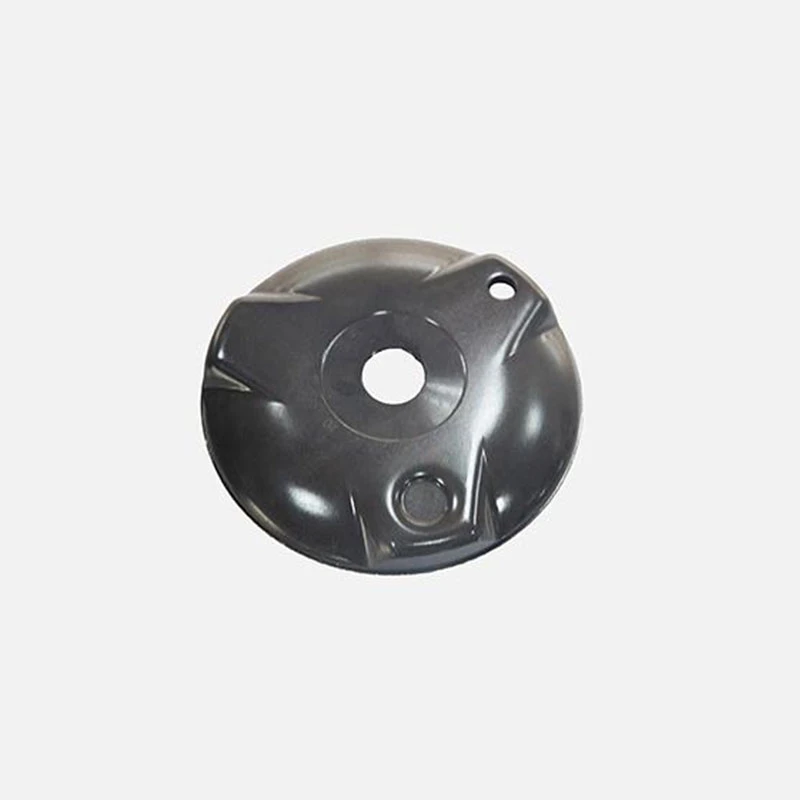diecast boxes & aluminum enclosures
Exploring Diecast Boxes and Aluminum Enclosures An Overview
In the realm of electronics and precision engineering, the choice of housing for components is critical to ensuring durability, performance, and aesthetics. Among the most popular materials used for this purpose are diecast boxes and aluminum enclosures. Both are designed to protect sensitive equipment from environmental factors such as moisture, dust, and physical impact, but they each have unique attributes that cater to different needs.
Understanding Diecast Boxes
Diecast boxes are formed through the die-casting process, where molten metal is poured into a precisely machined mold. This technique allows for the production of complex shapes with high dimensional accuracy. Typically made from zinc, aluminum, or magnesium alloys, diecast boxes offer several advantages.
One significant benefit is their excellent thermal conductivity, which is especially important for electronic components that generate heat. By effectively dissipating heat, diecast enclosures can help maintain optimal operating temperatures, thereby enhancing the longevity and reliability of electronic devices.
Furthermore, diecast boxes are renowned for their robustness. They can withstand harsh environmental conditions, making them suitable for outdoor applications or in industrial settings. The inherent strength of diecast materials also provides resistance against mechanical stresses, which is crucial in protecting sensitive electronic components.
The Role of Aluminum Enclosures
Aluminum enclosures, on the other hand, are typically fabricated from extruded aluminum or sheet metal. This versatility allows manufacturers to create lightweight yet durable structures suited for a wide range of applications. One of the most notable benefits of aluminum enclosures is their resistance to corrosion, particularly when treated with anodizing. This process not only enhances corrosion resistance but also improves the surface finish, providing an aesthetically pleasing product.
diecast boxes & aluminum enclosures

The lightweight nature of aluminum makes it an excellent choice for portable devices, where minimizing weight is a priority
. Despite being light, aluminum enclosures maintain a high level of structural integrity, ensuring that the housed electronics remain protected.Another advantage of aluminum enclosures is their adaptability in terms of design. They can be easily customized to meet specific requirements regarding size, shape, and additional features such as cutouts for connectors or ventilation. This level of flexibility is beneficial for designers who aim to create sleek, functional products.
Comparison and Applications
When comparing diecast boxes and aluminum enclosures, it’s essential to consider the intended application. Diecast boxes are often preferred for applications requiring maximum strength and thermal management, such as industrial machinery, automotive components, and outdoor electronics. Their rugged design makes them ideal for environments where durability is a top priority.
Aluminum enclosures, however, excel in applications where weight, aesthetics, and versatility are critical. For instance, they are frequently used in consumer electronics, telecommunications equipment, and custom-designed projects where design flexibility is valued.
Conclusion
Both diecast boxes and aluminum enclosures play crucial roles in the protection and enhancement of electronic components. While diecast boxes shine in scenarios demanding robust protection and superior thermal management, aluminum enclosures offer a lightweight and corrosion-resistant alternative that does not compromise on durability or design flexibility. Ultimately, the choice between the two will depend on specific project requirements and environmental conditions. By understanding the unique features and benefits of each, engineers and designers can make informed decisions that lead to the successful implementation of their designs in various applications. With the advancement of manufacturing technologies, both diecast and aluminum solutions will continue to evolve, catering to increasingly sophisticated demands in the electronics industry.
-
Precision Sheet Metal Stamping Manufacturer | Fast & ReliableNewsAug.01,2025
-
OEM Sand Cast Pump Valve Fittings - Baoding Hairun Machinery And Equipment Trading Co., Ltd.NewsAug.01,2025
-
Custom OEM Impellers | High Efficiency & PrecisionNewsAug.01,2025
-
OEM Sand Cast Pump Valve Fittings - Baoding Hairun Machinery | Customization, Quality AssuranceNewsAug.01,2025
-
OEM Sand Cast Pump Valve Fittings - Baoding Hairun Machinery And Equipment Trading Co., Ltd.NewsAug.01,2025
-
OEM Sand Cast Pump Valve Fittings - Baoding Hairun Machinery And Equipment Trading Co., Ltd.NewsJul.31,2025















